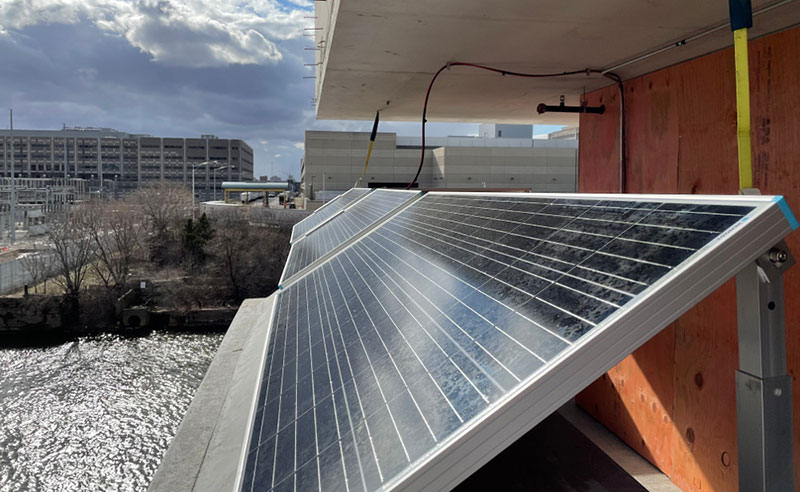Spotlight Report
The Missing Embodied Carbon Link: Construction
People interested in reducing the embodied carbon of buildings are familiar with weighing the impact of different materials, like mass timber or low-carbon concrete. Low-carbon construction has not been on many people’s radar—but it probably should be.
Findings from construction companies that are tracking greenhouse gas emission data on projects indicate that construction emissions account for 10% to 20% of upfront embodied carbon. And an economy-wide input-output analysis suggests they could be as much as 30%. In short, it’s possible the construction process emits more than we thought, representing a bigger piece of the embodied carbon pie. More alarmingly, new accounting could grow the size of that pie.
In this spotlight report, we dive into current estimates of construction emissions, explore why they might be deceptively low, and compare them with findings from actual project-level tracking. Though the report focuses on greenhouse gas emissions, the health of jobsite employees and local residents is also at stake: fossil fuel burning during construction emits many other criteria pollutants, which pose risks to human and ecosystem health.
This is your chance to learn:
-
Why construction emissions are probably being undercounted, and how this realization is bringing new concerns to the building industry about the true scale of its environmental and health impacts.
-
The key stages of and processes associated with a whole-building life-cycle assessment, which estimates the upstream and downstream environmental impacts of a building project’s materials, construction, operation, and demolition.
-
The tools and strategies being used within the building industry to understand and document the true environmental impact, and especially the carbon footprint, of the construction process.
-
Four kinds of positive action you can take to reduce the environmental and health impacts of construction.



